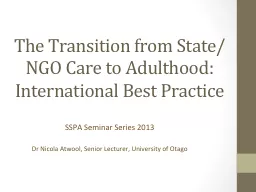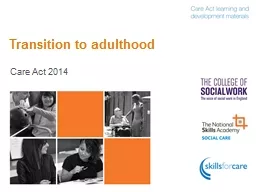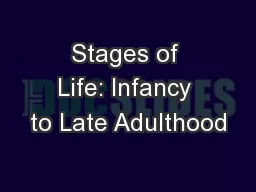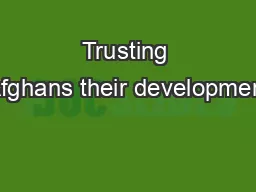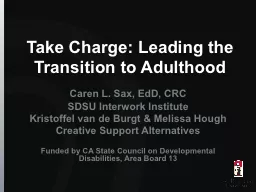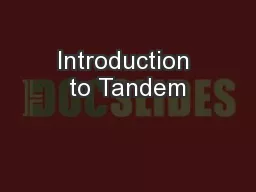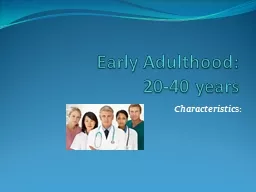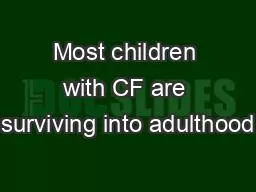PPT-T he Transition from State/NGO Care to Adulthood:
Author : celsa-spraggs | Published Date : 2016-05-22
International B est P ractice SSPA Seminar Series 2013 Dr Nicola Atwool Senior Lecturer University of Otago Overview Outcomes for care leavers New Zealand research
Presentation Embed Code
Download Presentation
Download Presentation The PPT/PDF document "T he Transition from State/NGO Care to A..." is the property of its rightful owner. Permission is granted to download and print the materials on this website for personal, non-commercial use only, and to display it on your personal computer provided you do not modify the materials and that you retain all copyright notices contained in the materials. By downloading content from our website, you accept the terms of this agreement.
T he Transition from State/NGO Care to Adulthood:: Transcript
Download Rules Of Document
"T he Transition from State/NGO Care to Adulthood:"The content belongs to its owner. You may download and print it for personal use, without modification, and keep all copyright notices. By downloading, you agree to these terms.
Related Documents

